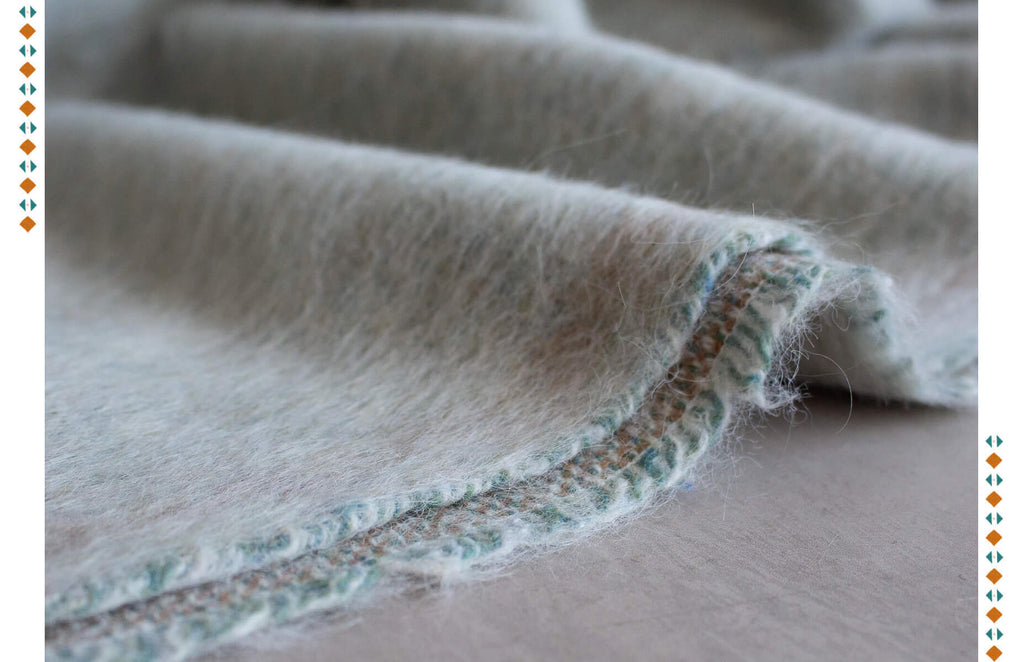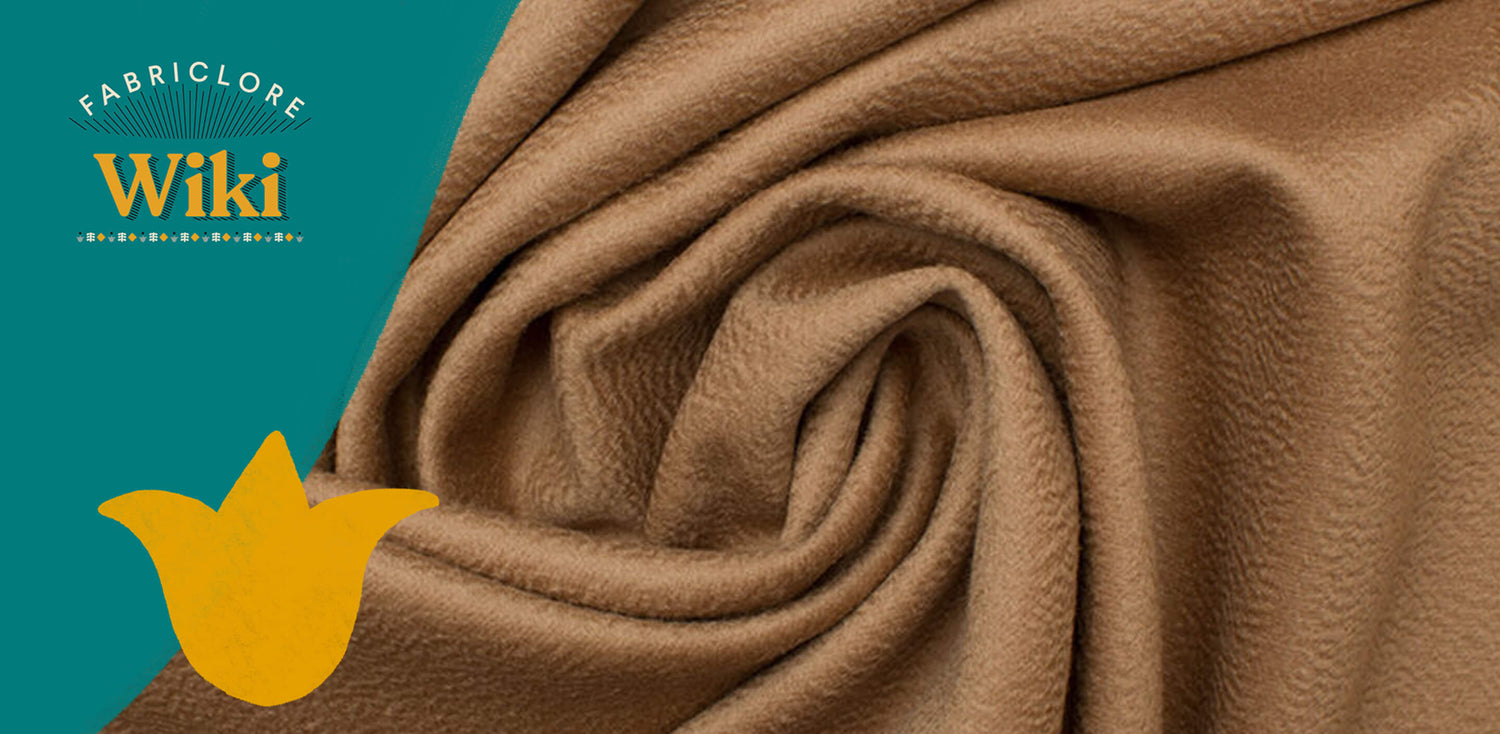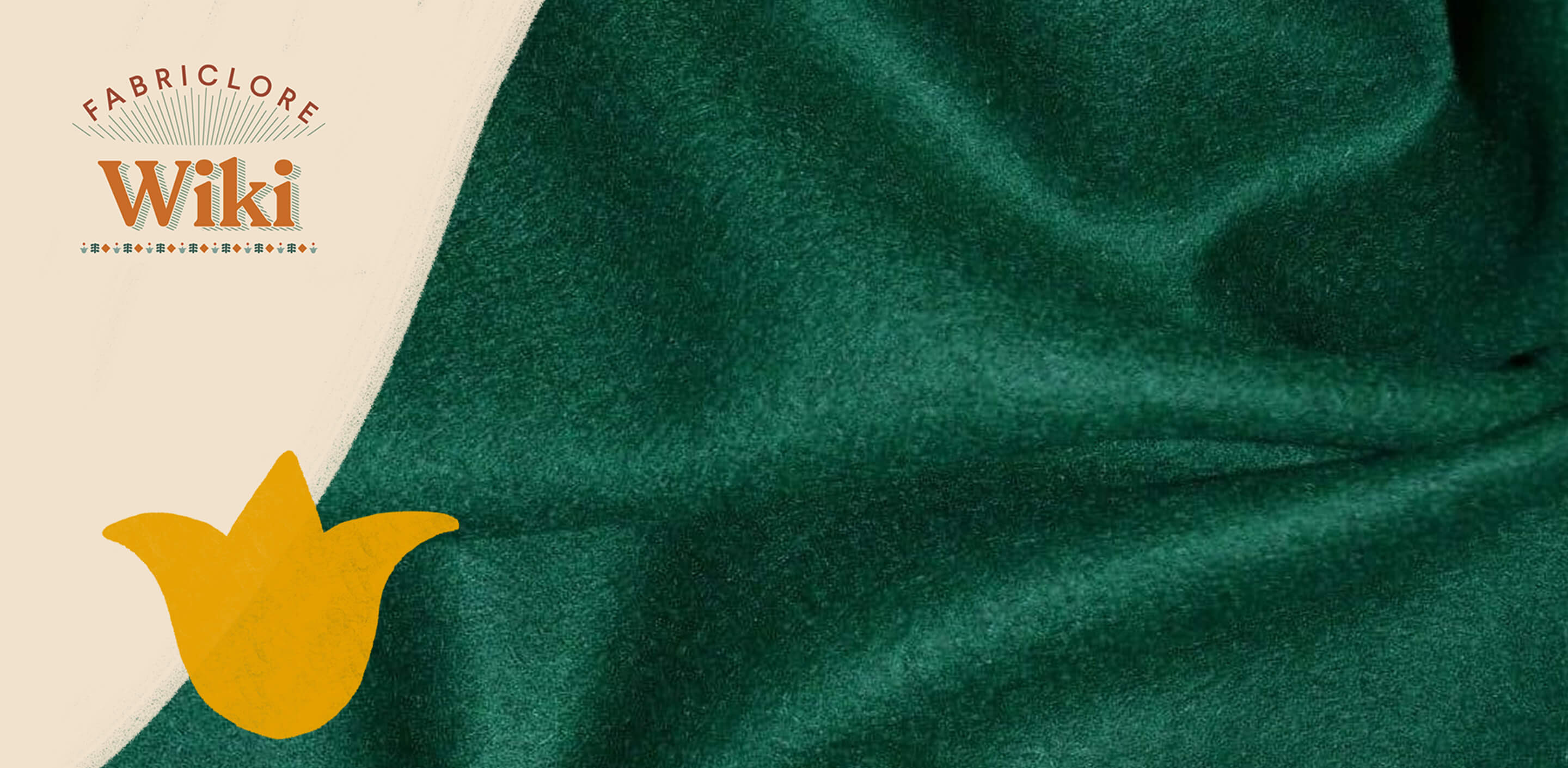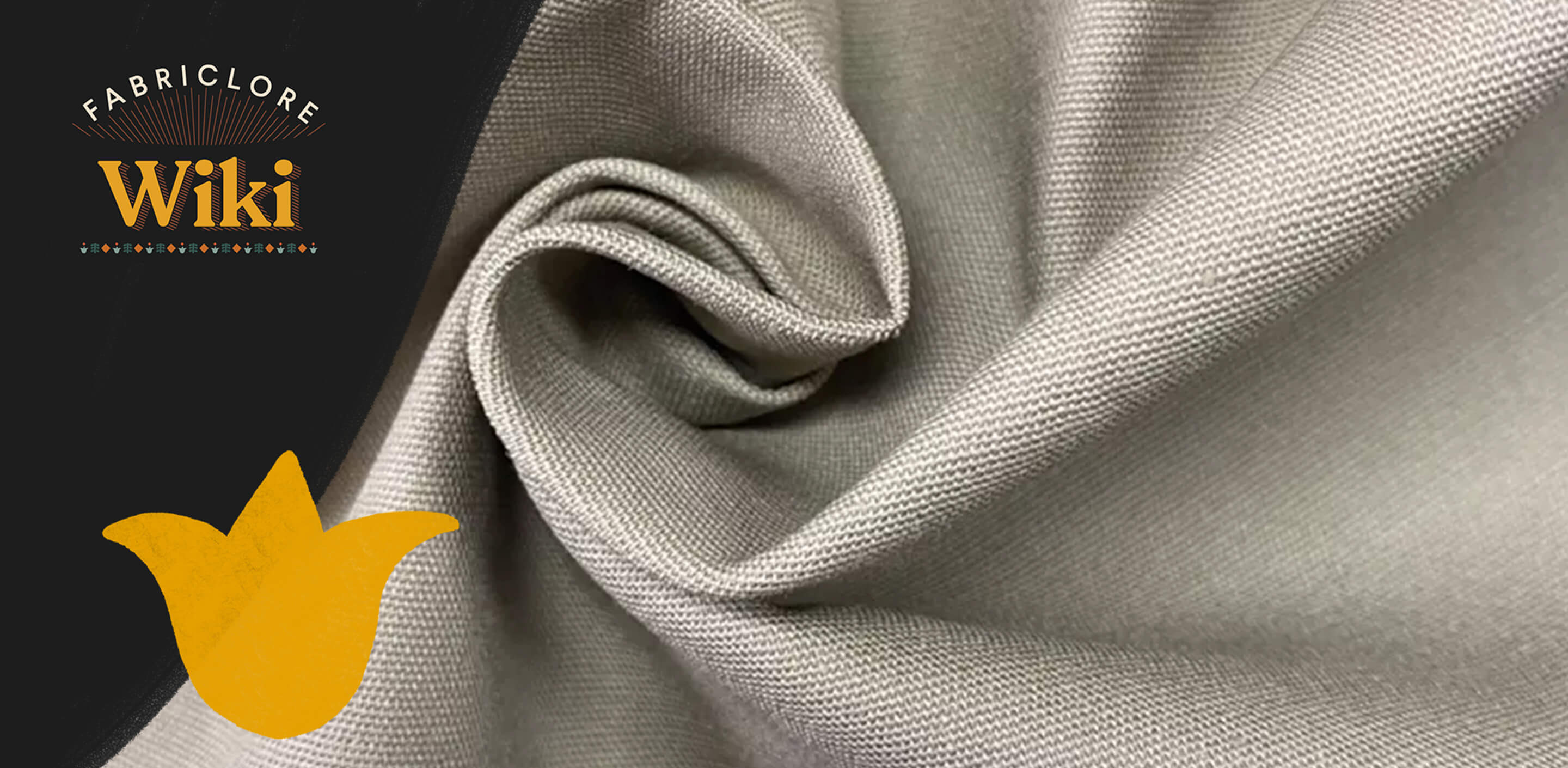What is Alpaca Wool?
- The fibers that occur naturally on alpacas are the source of the wool that is known as alpaca wool. Alpaca wool is a form of wool.
- Camelids are the collective name for these animals because of their resemblance to camels; alpacas are indigenous to South American countries.
- The Huacaya alpaca and the Suri alpaca are the two kinds that are available of this animal that has four legs.
- The different kinds of wool that can come from these different kinds of alpacas are highly sought after for many different reasons.
- The vast majority of alpacas are of the Huacaya subspecies, and the huacaya fiber has a springy texture with a natural crimp to it. Because of the way the fiber is textured, it has a naturally stretchy quality, which makes it an excellent choice for knitwear.
- The Suri alpaca is characterized by having long, silky hair that is tangled up in a dreadlock-like fashion. Due to the absence of crimp in its fabric, suri alpaca is a superior choice for use in weaving.
- Alpacas of the Suri breed are more difficult to find than those of the Huacaya kind since, in Incan times, the Suri breed was reserved for nobility.

History
- The indigenous people of the Andean highlands in Bolivia and Peru, where the alpaca's progenitor, the vicuna, was originally tamed, are credited with inventing the use of alpaca fiber.
- Following the selective breeding of the vicuna in the Andes, the Inca people produced the alpaca as an essential component of their continued existence.
- The animals were kept not just for their fur but also for their flesh when they grew up.
- Members of the royal family were the only ones who could wear clothes made from alpaca fiber.
- After the Spanish conquistadors entered the region and decided that the Merino sheep were of more value, a large number of the alpacas were wiped off. However, in the 1800s, the English rediscovered the alpaca fiber, which led to a surge in demand for the product.
- For the purpose of harvesting their fiber, alpacas are kept as livestock in the United States, Australia, and New Zealand. Despite this, alpaca fiber from Peru remains the most sought-after on the market today.

What Makes it Stand Out
|
Texture |
Although it is equally as warm as sheep's wool, alpaca fiber has a softer, silkier texture. |
|
Hypoallergenic |
Alpaca fiber contains no lanolin, which is a natural wax generated by certain wool-producing animals that humans might be sensitive to, and consequently, it is inherently hypoallergenic. |
|
Water Repellent |
Due to its very low water retention rate, alpaca fiber is inherently resistant to moisture. |
Applications & Usage
|
Clothing |
Sweaters, Cardigans, Socks, etc. |
|
Bedsheets, blankets, mats, etc. |
|
|
Accessories |
Mittens, gloves, hiking socks, fleeces, etc. |
Care Instructions
- It is not recommended to wash alpaca wool in a machine since doing so may cause the wool to get ruined.
- Garments made of alpaca must be cleaned by hand at all times. In a sink, soak your alpaca clothing in a wool soap that is on the gentle side.
- After the item has been allowed to soak, give it a little agitation and then rinse it while being careful to maintain its weight so that it does not expand.
- Squeeze out the excess water, but don't wring it out, as this can cause it to lose its form.
- Place the garment in a flat position to dry, being careful to reshape it once it has dried.
- Place the iron on the wool setting.

We also happen to be a magnet for suggestions, and would love to catch yours….throw us yours on hello@fabriclore.com





